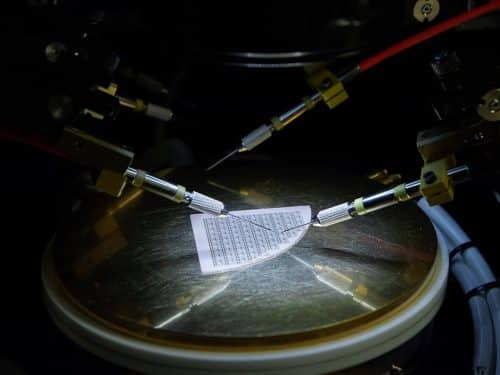This is a multidisciplinary research encompassing physics, computation, materials science engineering and electrical engineering.
According to a newly financed partnership coordinated by Penn State, electronics using wide bandgap semiconductors offer superior resistance to radiation damage than standard silicon-based electronics. The US Department of Defense awarded the team a five-year, $7.5 million Defense Multidisciplinary University Research Initiative Award to better forecast and mitigate radiation-induced degradation of wide bandgap semiconductors.

“Most of today’s electronics are based on silicon,” said Rongming Chu, Thomas and Sheila Roell Early Career Associate Professor of Electrical Engineering, who will spearhead the project. “Wide bandgap semiconductors, such as gallium nitride, have shown advantages over silicon in radio frequency and power electronics. They are also inherently more resistant to radiation due to stronger atomic bonds.”
Radiation hardness is a type of radiation resistance that guards against damage from high-energy rays and particles. Wide bandgap semiconductors, according to Chu, are attractive options for manufacturing electronics in locations with substantial radiation, such as space. However, in wide bandgap semiconductor devices, researchers have yet to realise the full potential of radiation hardness.
“Preliminary studies have indicated that the radiation resistance appears to be limited by defects in the semiconductors, rather than by the material’s intrinsic properties,” Chu said. “In this project, we seek to understand the radiation effects of these defects so that we may develop a strategy to redesign the wide bandgap semiconductor device for the ultimate radiation hardness.”
Defects in electronic materials and architectures can range from trivial to catastrophic, causing device degradation and failure. Chu believes that an interdisciplinary team is needed to better understand how radiation causes defect development and evolution, how these flaws affect device operation, and how to redesign future wide bandgap devices for the best radiation hardness.
“Not only will the research prepare next-generation technologists to take on technical challenges, but, through our collaborative work with national laboratories and industry stakeholders, the students will also learn the professional skills needed bridge fundamental research to real-world applications,” Chu said.






